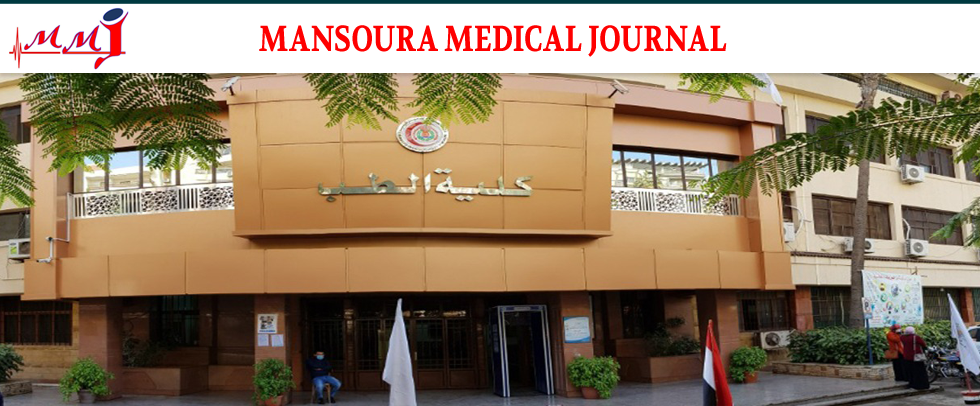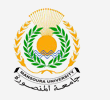Subject Area
Neurosurgery
Article Type
Original Study
Abstract
Background Pediatric head injury has been recognized as a significant public health issue, frequently resulting in disability & mortality among youth, & makes significant requirements on health services Aim To evaluate the short-term results in pediatric age group presented with severe head injury at Mansoura university emergency hospital, focusing on primary outcomes such as mortality and return to normal consciousness and secondary outcomes, including disability and cognitive dysfunction, to understand survival and post-injury quality of life. Patients and methods This prospective observational research has been conducted on 86 cases presented with head trauma and was conducted for 1 year starting from 13/1/2024 at Mansoura University Emergency Hospital and the neurosurgery department, Mansoura University Hospitals, Mansoura, Egypt. Results The overall survival rate was 81.4%, while 18.6% of patients died. A statistically significant inverse correlation was found between GCS score and mortality (r = -0.604, p < 0.001). Disability was observed in 80% of survivors, with common sequelae including hemiparesis, seizures, and speech or visual impairments. No significant associations were observed between death or disability and patient age, CT findings, or trauma mechanism, although sex and trauma type were linked to mortality Conclusion Traffic accidents were the leading cause of trauma, with epidural hematoma being the most common CT finding. Eighty-one percent of patients survived, and preresuscitation GCS scores were strongly associated with both mortality and functional outcomes. However, many survivors experienced serious complications.
Recommended Citation
Elafifi, Ahmed Nazem; Badr, Hatem Ibrahim; Khalil, Amr Farid; and Basheer, Magdy
(2025)
"Short Term Outcome in Pediatric Age Group Presented with Severe Head Injury,"
Mansoura Medical Journal: Vol. 54
:
Iss.
3
, Article 1.
Available at:
https://doi.org/10.58775/2735-3990.1442
Creative Commons License

This work is licensed under a Creative Commons Attribution 4.0 International License.



